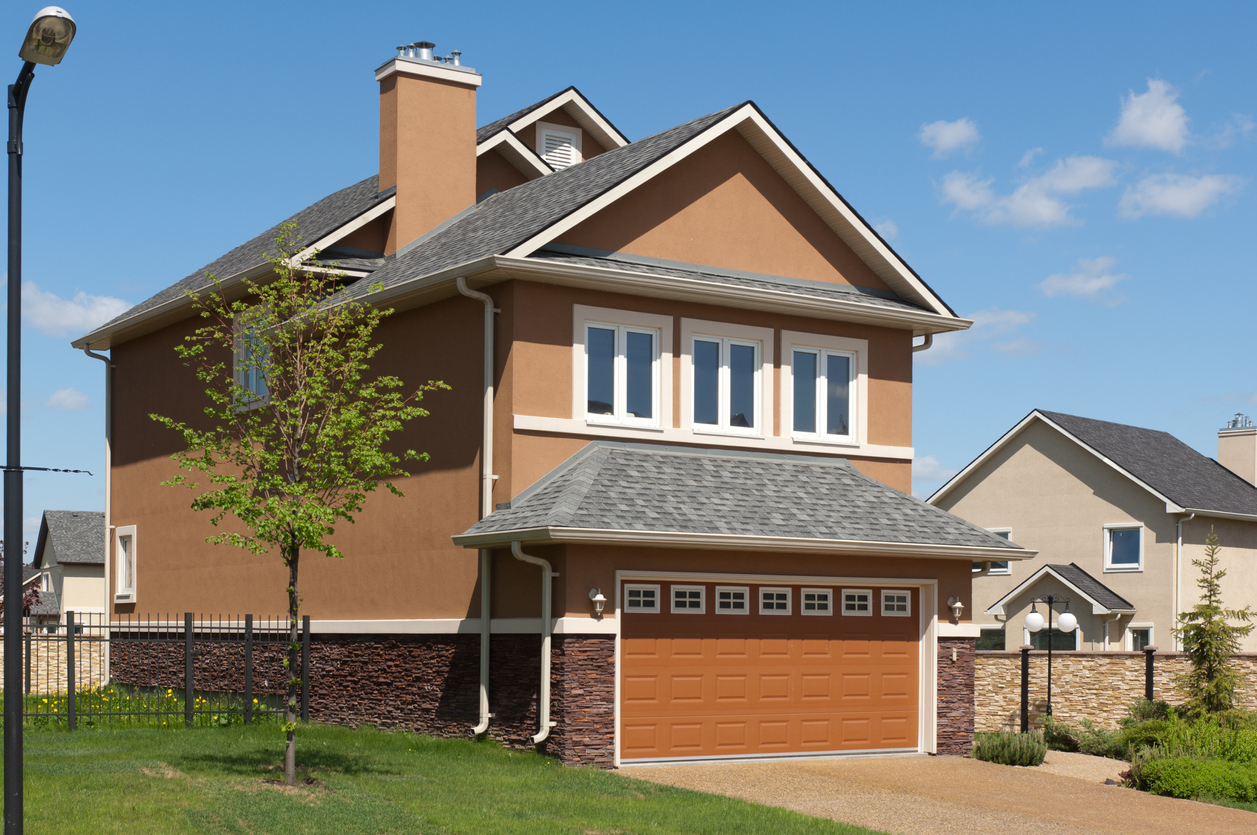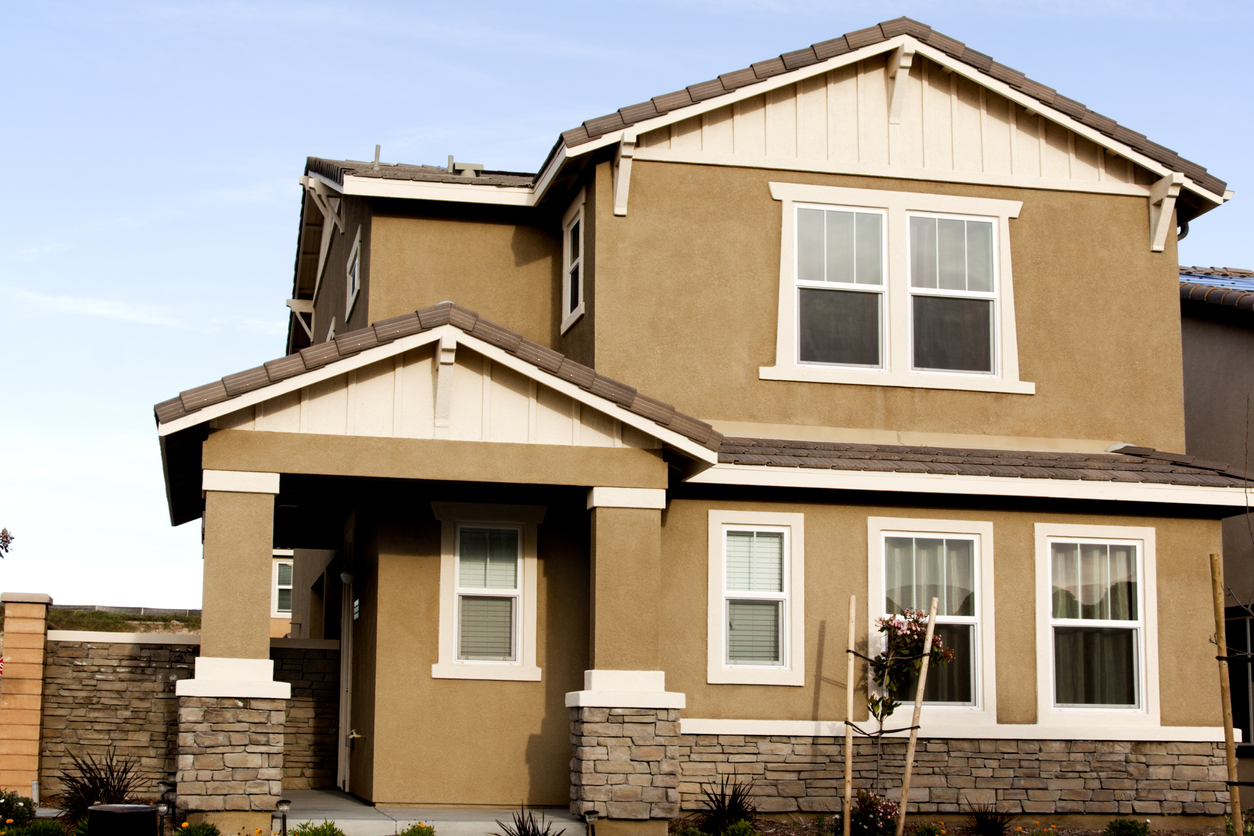In some climates, the exterior walls of a house or any other building are constantly exposed to extreme weather conditions like heavy rainfall and snowfall. Hence they are susceptible to damage, not just to the walls but also the structural integrity of the whole building. That’s why for more than a century, homeowners who wanted to protect the exterior walls of their homes have used stucco. However, in many areas with extreme weather conditions and shifting foundations, the stucco can develop cracks after some time has passed, and the relentless pressure of weather takes its toll. At that point, stucco can become loose and fall off. Additionally, water may leak through these cracks causing structural damage to the property.
Since stucco repair is expensive and time-consuming, property owners are always on the lookout to see if there are any other more durable options to protect their exterior walls. In the 1970s, properties in North America started using the External Insulation and Finishing System (EIFS) or synthetic stucco to protect the outer surfaces of their homes. When installed, the EIFS appears to be identical to standard stucco siding. However, there are some major differences in the composition, installation, cost and features of the two wall exterior cladding methods. Today’s post takes a look at the differences between stucco and EIFS.
Composition and Installation
Let’s start with the composition of these two materials. Stucco is usually prepared using Portland cement, lime, sand and water, which are mixed together to form a uniform mixture. A metal or wooden lath is fixed on the wall, and a wire gauze is also attached. The mixture is applied to the gauze using a trowel to spread it uniformly. After the layer applied has dried completely, the next layer is applied. Typically three layers of the stucco mixture are applied to the wall. In some cases, acrylic or polymer paint is applied over the dried stucco layer to make it waterproof.
For the EIFS cladding, there are multiple layers that use insulating material. The first layer consists of foam insulation board, usually polystyrene, which is attached to the wall. Next, a fibreglass mesh layer is applied, followed by the finishing coat. In some cases, a water repellent coating may also be applied. Compared to installing stucco, the process of installing EIFS is more complicated. It is necessary to hire a well-trained and experienced contractor for installing the EIFS cladding. If the contractor is not competent, the stucco will not be durable and could result in costly stucco repairs or total replacement down the line.

Pros and Cons of Stucco
One of the main advantages of stucco is that it is easy to install and affordable. It also does not absorb much water. It is also easier to find a contractor for stucco repair if there are any problems since the materials used are easily available.
However, it may not be advisable to use stucco in areas with extreme temperature variations. Drastic temperature fluctuations can cause stucco to expand and contract, resulting in cracks. If the cracks are not repaired immediately, they will increase in size rapidly, damaging the remaining stucco and compromising the protective and insulating properties that it provides. Similarly, for homes where the foundation shifts or moves frequently, stucco will also develop cracks that need repairs.
Pros and Cons of EIFS
Homeowners who are aware of the disadvantages of stucco and don’t want to risk the need for frequent stucco repair often opt for EIFS cladding since it is more durable and suitable for extreme weather and soil conditions. The weight of EIFS is also much lower than stucco, so the load on the walls will be less significant. One of the main benefits of EIFS is that it offers better insulation, so the power consumption for heating during winter and cooling during summer will be lower. Additionally, EIFS is more flexible and does not develop cracks as easily. There is more flexibility in design, with a provision for including additional design elements like a keystone.
The main disadvantage of EIFS is that it is more expensive and should only be installed by a trained contractor. Also, EIFS may absorb water, which can damage the walls and a buildings’ structure.
